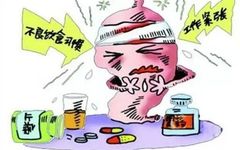Introduction
Qi stagnation type stomach pain is commonly seen in conditions such as gastric and duodenal ulcers, acute and chronic gastritis, gastric neurosis, as well as in cases of gastric ptosis, gastric mucosal prolapse, pancreatitis, cholecystitis, and gallstones.
How should one eat daily to manage Qi stagnation stomach pain?
According to Traditional Chinese Medicine (TCM), Qi stagnation stomach pain is primarily related to emotional distress, dietary harm to the stomach, inherent spleen deficiency, and external pathogens invading the stomach. Firstly, it can be caused by worry and anger, leading to liver Qi disharmony that obstructs the stomach, thus the treatment focuses on soothing the liver and regulating Qi. Secondly, it can arise from spleen deficiency causing the stomach to lose its ability to harmonize and descend, hence warming and tonifying methods are recommended to restore the function of the spleen and stomach, especially in cases of liver Qi stagnation.
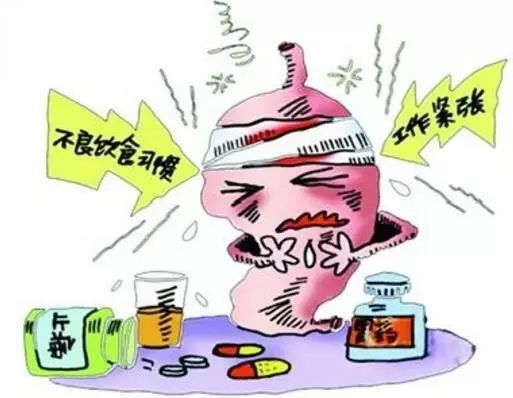 Analysis of the Causes of Qi Stagnation Stomach Pain
Analysis of the Causes of Qi Stagnation Stomach Pain
The liver is a solid organ, characterized by its ability to regulate and disperse. The liver belongs to wood, while the stomach belongs to earth. If one experiences worry and anger, liver Qi becomes stagnant, which can obstruct the spleen and invade the stomach, leading to Qi stagnation and stomach pain. Prolonged liver Qi stagnation can result in fire transforming and injuring Yin, which can also lead to blood stasis. When the condition worsens, it becomes chronic and difficult to treat. Liver Qi invading the stomach due to worry and anger causes Qi stagnation, leading to stomach pain. As Shen Jinbie stated: “Stomach diseases are caused by pathogens affecting the stomach. The most severe cases are those where liver Qi is involved, as wood is aggressive and can counteract the stomach.” If Qi stagnation transforms into fire, it can exacerbate pain, and prolonged fire stagnation can deplete the Yin of the liver and stomach, leading to chronic conditions, such as vomiting blood or blood in stools.
Foods to Avoid for Qi Stagnation Stomach Pain
1. Glutinous Rice: Although glutinous rice has the effect of tonifying Qi, it should be avoided by those with Qi stagnation stomach pain or food accumulation stomach pain, as it is difficult to digest, especially when made into glutinous rice cakes. As stated in the “Benjing Fengyuan”: “If made into cakes, it is difficult to digest; patients should not eat it.”
2. Chestnuts: Chestnuts are a fruit that tonifies the kidneys but are also difficult to digest, thus should not be consumed by those with Qi stagnation or food accumulation stomach pain. The food physician Meng Shen from the Tang Dynasty noted: “Steamed or roasted chestnuts can cause Qi obstruction.” The “De Pei Bencao” also states: “Excessive consumption can lead to spleen stagnation and obstruction.” Qing Dynasty’s Wang Mengying also mentioned: “For fullness, malnutrition, and patients who are not hungry, it should be avoided.” Especially in children with food accumulation stomach pain, it should be strictly avoided. The “Bencao Yanyi” warns: “Children should not eat too much; raw ones are hard to digest, and cooked ones can cause Qi stagnation, often leading to illness in children.”
3. Jujubes: Jujubes are sweet and can cause obstruction; those with food stagnation or Qi stagnation and pain should not consume them. The “Yixue Rumen” states: “Those with fullness under the heart and vomiting should avoid them.” The “Bencao Huiyan” also believes that “those with stomach pain and Qi obstruction should avoid them.” If those with Qi stagnation stomach pain or food accumulation stomach pain mistakenly consume jujubes, their stomach pain and fullness will worsen.
4. Longan Flesh: Longan flesh is a dried fruit that tonifies the spleen and stomach but can also cause dampness and obstruction. As stated in the “Bencao Huiyan”: “Sweet and warm, it can cause Qi stagnation.” The “Yaopin Huayi” also states: “Sweetness can assist fire, which can also cause pain… those with fullness, vomiting, and Qi obstruction should avoid it.” For those with Qi stagnation and food accumulation stomach pain, it should be avoided.
5. Ginseng: Ginseng is a powerful Qi and blood tonic, suitable only for deficiency conditions; it should be avoided in excess conditions or heat conditions. Both Qi stagnation stomach pain and food accumulation stomach pain are excess conditions, thus it should be avoided, as mistaken consumption can lead to increased fullness and pain in the stomach.
6. Astragalus: A Qi tonifying herb, it is suitable for those with Qi deficiency but should not be consumed by those with Qi stagnation and fullness. The “Bencao Jing Shu” has long warned: “Those with chest tightness and intestinal stagnation should not use it.” For those with stomach pain due to food accumulation and Qi stagnation, it should be avoided.
Additionally, those with Qi stagnation stomach pain and food accumulation stomach pain should also avoid foods that are difficult to digest and can cause obstruction, such as onions, peas, soybeans, pine nuts, biota seeds, walnuts, clam meat, razor clams, fatty pork, goose meat, chicken eggs, duck eggs, ophiopogon, donkey-hide gelatin, and licorice.
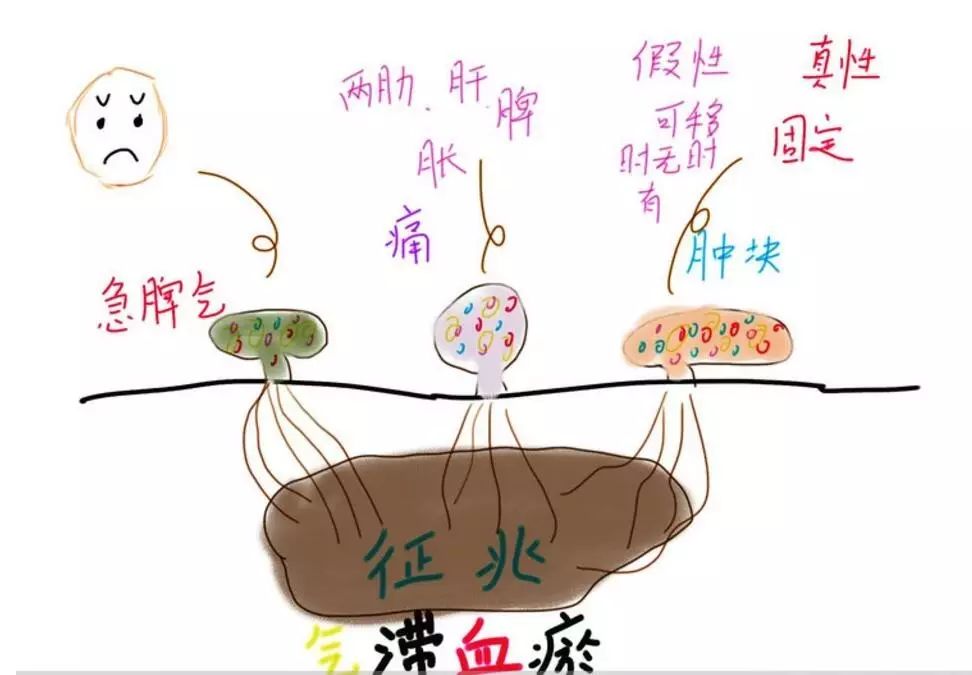 Seven Foods Beneficial for Qi Stagnation Stomach Pain
Seven Foods Beneficial for Qi Stagnation Stomach Pain
1. Bayberry: The “Illustrated Chinese Medicinal Plants” states: “Bayberry is effective for heart and stomach Qi pain.” The “Quanzhou Bencao” has a method: “For stomach and intestinal fullness: pickle bayberries with salt for later use; the longer, the better. When needed, take a few and soak in hot water to consume.”
2. Orange Peel: Fresh or dried orange peel can be used in moderation, steeped in hot water as tea, to promote Qi and relieve pain.
3. Pomelo: It has the effect of descending Qi, resolving phlegm, and promoting digestion, suitable for those with stomach Qi stagnation, fullness, pain, and indigestion.
4. Buddha’s Hand: Take 12-15 grams of fresh Buddha’s hand (or 6 grams dried), steep in hot water as a tea, which has the effect of promoting Qi and relieving stomach pain, especially suitable for liver and stomach Qi pain.
5. Radish: It can promote digestion and resolve phlegm, suitable for those with Qi stagnation stomach pain to drink as a decoction. Alternatively, fresh radish juice can be taken warm.
6. Amomum: A fragrant spice, it has the effect of promoting digestion and regulating Qi. For those with Qi stagnation stomach pain, use 2-3 grams of Amomum, crushed and steeped in hot water as tea, which can relieve pain, open the chest, and resolve food stagnation.
7. Perilla: A warm and spicy seasoning, it has the effect of regulating Qi and dispelling cold. Ming Dynasty’s Li Shizhen stated that it “promotes Qi and relieves pain.” The “Bencao Huiyan” also recognizes it as a divine medicine for treating Qi stagnation. Therefore, those with Qi stagnation stomach pain should consume it.
In addition, those with Qi stagnation stomach pain should also eat broad beans, lemon flowers, garlic chives, grapes, lychees, tangerines, water chestnuts, hawthorn, green vegetables, radish tops, celery, winter melon, and white cardamom.
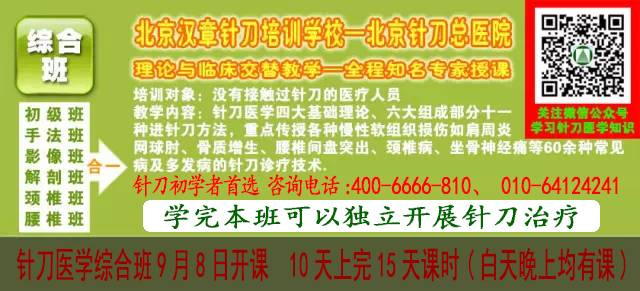

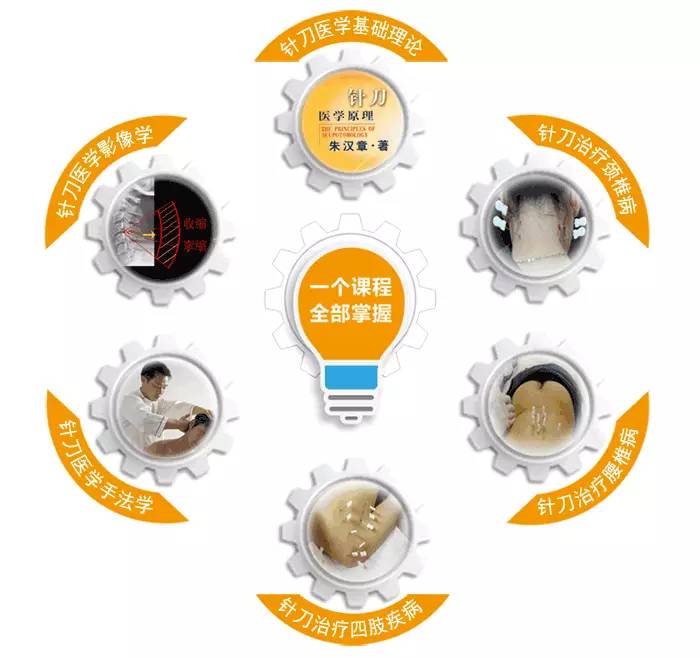

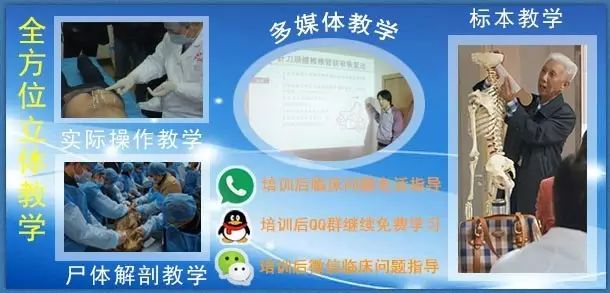
Class Analysis
The teaching method of this class: from shallow to deep, with an emphasis on heuristic teaching. Specific course arrangement: Day 1 covers the basic theories of needle-knife medicine, the four fundamental theories of needle-knife medicine, six major components, eleven methods of needle insertion, and the diagnostic and treatment points for needle-knife indications. Days 2 to 8 involve detailed explanations of the diagnosis, differential diagnosis, and treatment methods for various diseases. During the day, the teacher systematically explains disease definitions, diagnoses, anatomy, needle-knife treatment, auxiliary treatments, precautions, etc. In the afternoon, practical treatments for corresponding diseases are arranged, all conducted at the Beijing Needle-Knife General Hospital. In the evening, teachers provide hands-on explanations of the diseases discussed during the day. All instructors are members of the expert group from the Beijing Needle-Knife General Hospital. Training targets: medical personnel who have not been exposed to needle-knife techniques and have limited time for short-term learning.
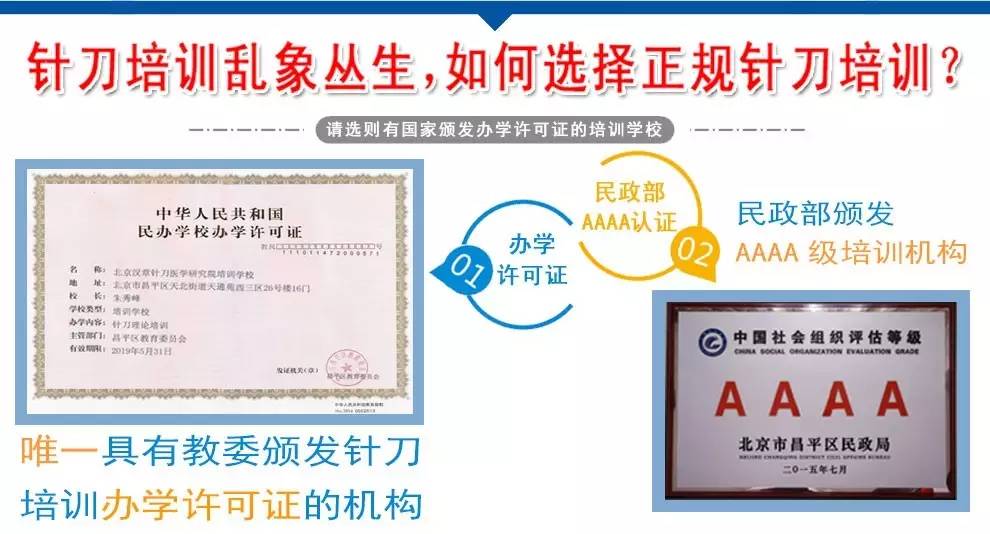
Contact Number: 400-6666-810 010-64124241
Online Registration: www.zhendaopeixun.cn
Email: [email protected]

